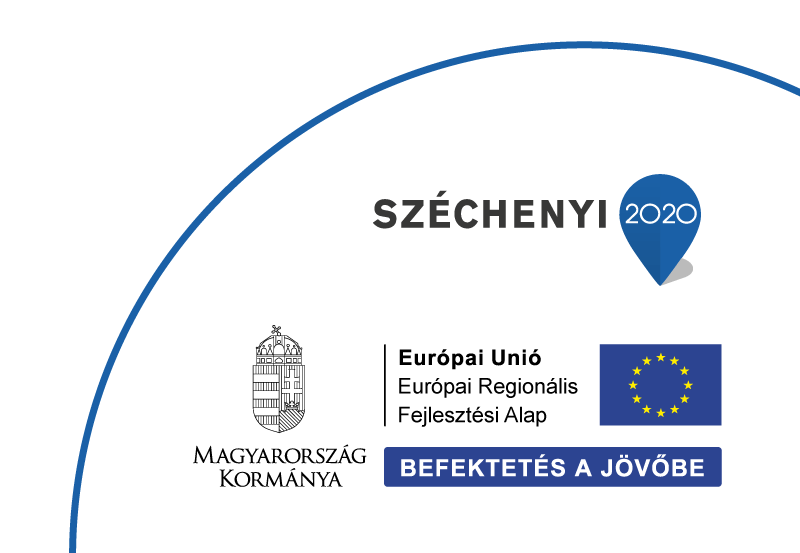|
Carbonaceous aerosols are a major fraction of particulate matter (PM) in the atmosphere and contribute substantially to climate and health effektus. For mitigation of emissions, a detailed knowledge of sources and formation processes is necessary, which is a difficult task. A differentiation of fossil from non-fossil emissions is provided by analysis of the long-lived radioisotope 14C (radiocarbon, half-life 5730 years), as fossil material does not contain 14C anymore because of its age, whereas non-fossil material is on the contemporary 14C level. Carbonaceous aerosols are often differentiated into organic carbon (OC) and elemental carbon (EC) according to their physical and chemical properties. For 14C source apportionment, it is necessary to separate both fractions from each other efficiently in order to omit biases. This presentation will show a procedure for the separation of OC and EC with a thermal-optical aerosol analyzer combined with online 14C analysis using accelerator mass spectrometry (AMS) and the application of this technique to air quality studies in Europe and East Asia.
Az előadás előtt 10:30-kor tea. Vendégeket szívesen látunk.
 Magyar
Magyar
